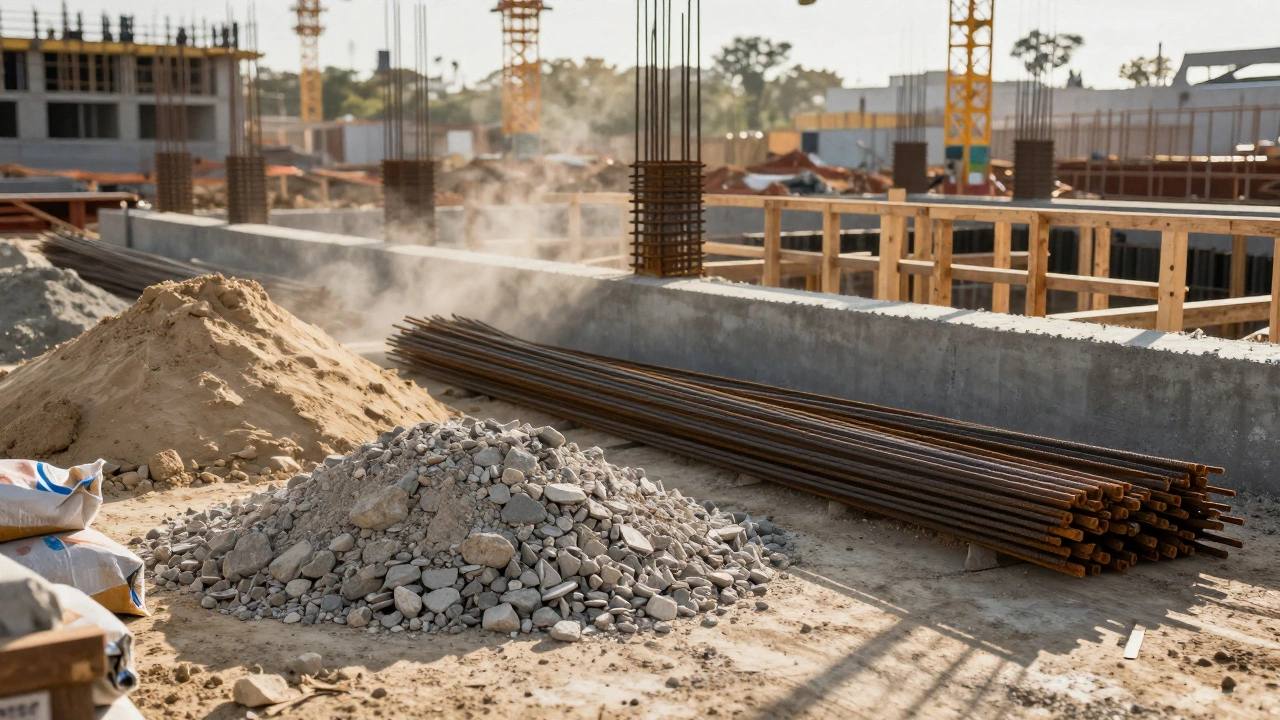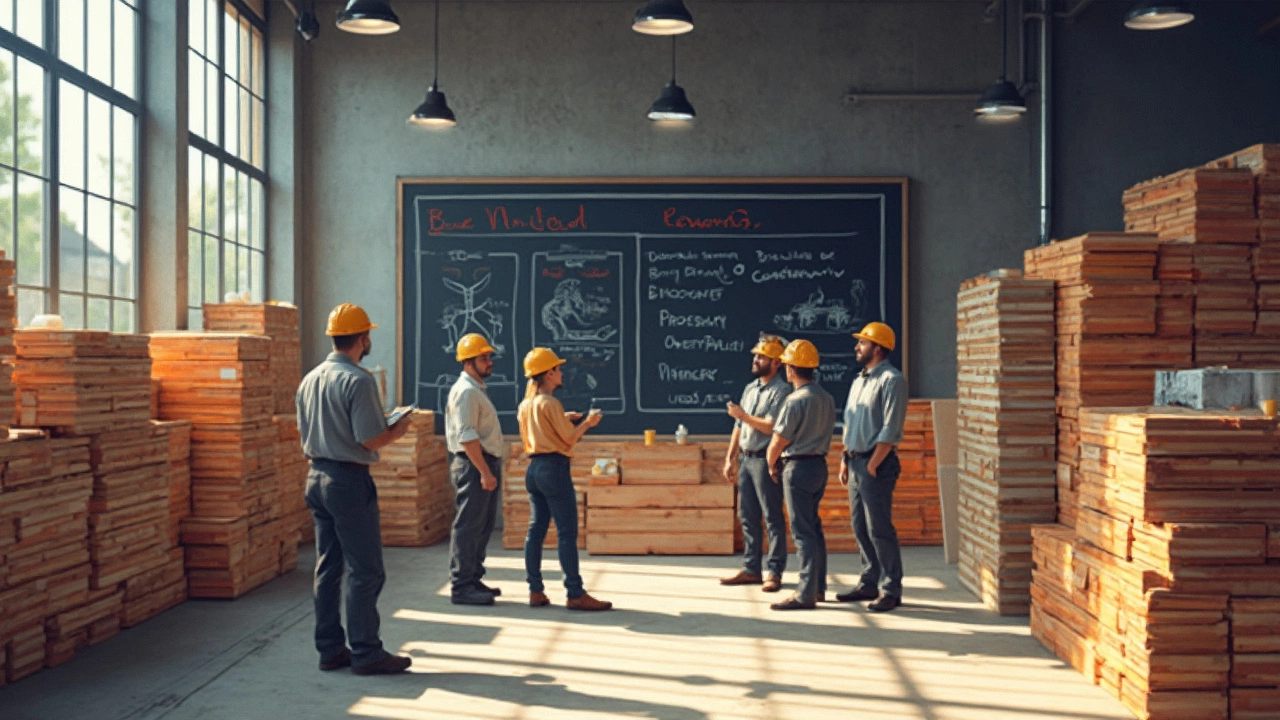Building Materials: What You Need to Know for Smart Construction
When you start a build, the first question is always "what should I use?" The right materials can save time, money, and headaches. Below you’ll find the basics – the core raw materials, the finishes that make a space shine, and how to match them to your project.
Key Raw Materials Every Project Uses
All builds, big or small, rely on a handful of primary resources. The five essential raw materials are:
- Lumber – the go‑to for framing, walls, and roofing. Look for kiln‑dried wood to avoid shrinkage later.
- Concrete – the backbone of foundations, slabs, and columns. Mix design matters; use a blend with the right strength for the load.
- Steel – reinforcement bars, beams, and connectors. Pick corrosion‑resistant grades if you’re near salt water.
- Bricks & Blocks – perfect for walls and facades. Choose the right density for load‑bearing versus veneer work.
- Insulation – keeps the building comfortable and cuts energy bills. Fiberglass, mineral wool, and spray foam each have a niche.
Understanding these basics makes it easier to read product specs and avoid surprises when the supplier hands you the bill.
Choosing the Right Materials for Your Build
Now that you know the raw stuff, think about the finish layers that turn a house into a home. Here are three practical choices that show up on most of our popular posts.
Flooring for New Builds – Durability beats trend. Engineered hardwood, porcelain tile, and luxury vinyl are top picks because they stand up to traffic and moisture. Test a sample for feel and scratch resistance before committing.
Cement Types for Foundation Repair – Not all cement is created equal. For crack repair, a high‑early‑strength mix (like Type II or a polymer‑modified cement) bonds fast and resists shrinkage. Follow the manufacturer’s water‑to‑cement ratio for the best cure.
Eco‑Friendly Options – Recycled concrete aggregates and sustainably sourced timber lower the carbon footprint. They’re often cheaper than you think, especially when local suppliers have surplus material.
When you compare products, ask yourself three quick questions: Will it last the design life? Does it fit the budget? Is it easy to install? If the answer is yes for each, you’re probably on the right track.
Finally, always get a sample or small batch before ordering the full quantity. A quick on‑site test reveals hidden issues like colour mismatch, unexpected expansion, or poor adhesion. It’s a small step that saves a lot of re‑work later.
With these basics, you can talk to suppliers confidently, read technical sheets without getting lost, and make choices that keep your project on schedule and on budget.




